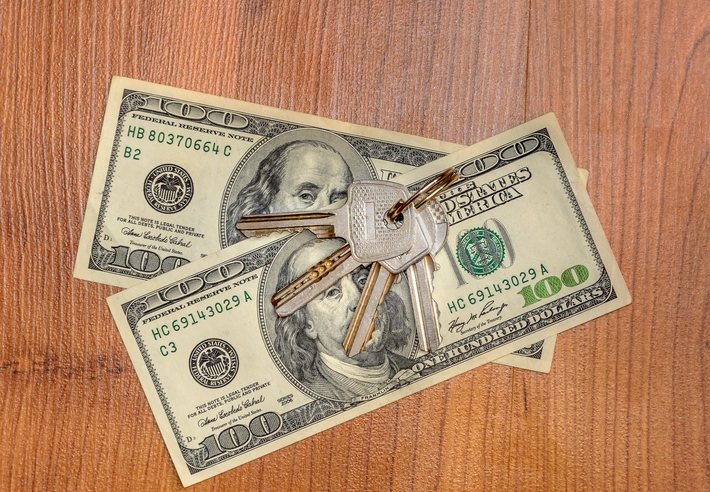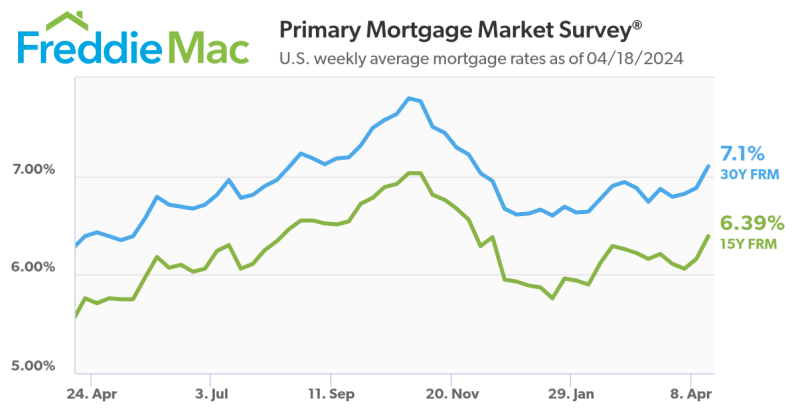Advertisement
Tappable Equity Level Hits New Peak

The total amount of tappable equity in the housing market reached a record breaking $5.4 trillion in 2017, according to new data from Black Knight Inc. This is 10 percent above the prior record level set in 2005.
During the course of 2017, tappable equity skyrocketed by $735 billion, with 75 percent of all tappable equity held by borrowers with rates below the prevailing 30-year rate. Approximately $262 billion in tappable equity was withdrawn last year in cash-out refinances and home equity lines of credit (HELOCs), which is the highest level in the years since the 2008 recession. However, homeowners tapped into a lower percentage of available equity than in 2016, withdrawing less than 1.25 percent of all tappable equity in during the fourth quarter of 2017, a four-year low.
“Of that total, 55 percent was tapped via HELOCs, the second lowest such share since the housing recovery began,” said Black Knight Data & Analytics Executive Vice President Ben Graboske. “However, as interest rates rise, it is likely that we will see the HELOC share of equity withdrawals increase as well.”
Graboske added that 2018 began with approximately 55 percent of all tappable equity being held by borrowers with first-lien interest rates below the 30-year rate.
“Following the nearly 50 basis points rise in interest rates we’ve seen since the start of the year, that share has ballooned to 75 percent,” Graboske continued. “While rising rates tend to dampen utilization of equity in general, the market is poised for a strong shift toward HELOCs, as they allow borrowers to take advantage of growing equity while holding on to historically low first-lien interest rates. Over half of all tappable equity—approximately $2.8 trillion—is held by borrowers with credit scores of 760 or higher and first-lien interest rates below today’s prevailing rate, which creates a large pocket of low-risk HELOC candidates.”
Black Knight also reported that the average cash-out refinance borrower in 2017 had an average credit score of 744, slightly lower than the 750 level in 2016, and pulled $68,000 in equity, up from $64,000, with a resulting loan-to-value ratio of 66 percent. Approximately 40 percent of remaining cash-out refinance candidates—borrowers with both tappable equity and current first-lien rates of 4.5 percent or higher—enjoyed have credit scores above 760.
About the author





